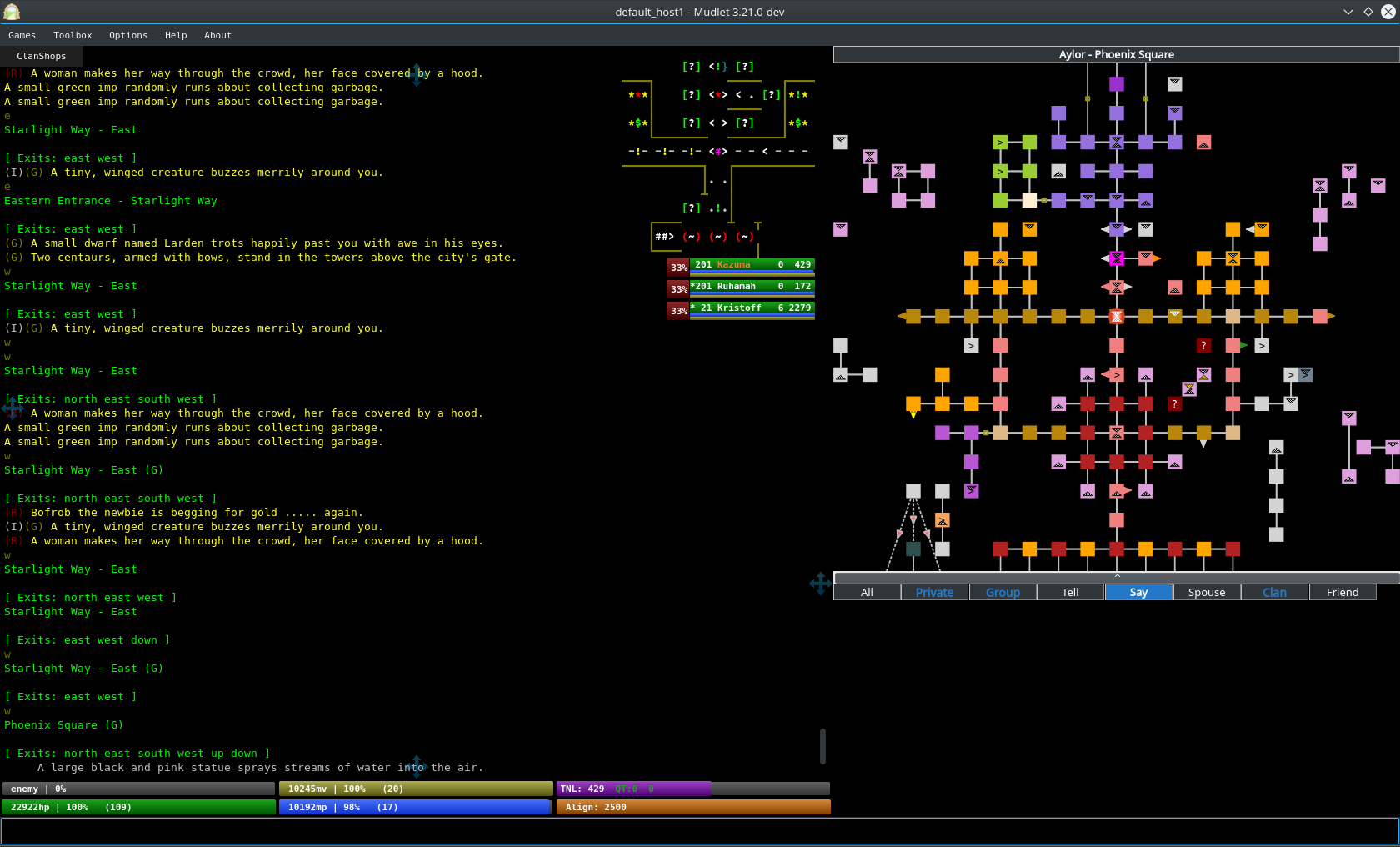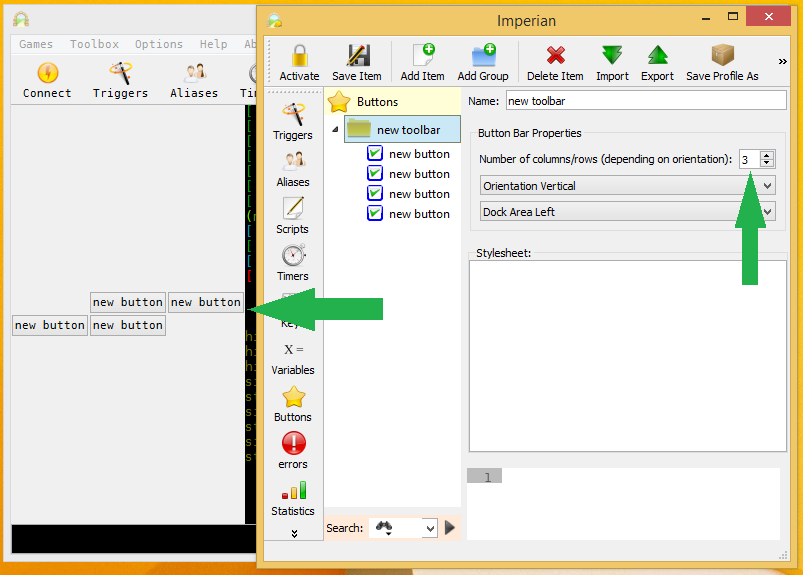
Lua Power, which aims to be LuaJIT's "standard library". LuaJIT and its C FFI, the infamous lua trace compiler: Mike Pall's attempt to prove that dynamic languages can be fast. Shiny profiler, a lightweight profiler for C, C++, and Lua. ZeroBrane studio, lua's most notable IDE. LuaRocks, lua's package manager and repository Lua's reference manual, extensive documentation of every version of the language. We'll give contributors flair and internet points. Lua in eight pages or less: this is for v5.1 and might need an update. Lua wiki, for all sorts of information about lua, it's sort of disorganized at the moment, so go fix it!Ībout lua, what Lua is, why to use it, and what it's good for (sells itself short, methinks) #lua on freenode, the primary Lua IRC channel “If you are ever tempted to put scripting into a program, run don't walk to and use it.” Lua links and stuff “Before you create yet another configuration file or resource format (and yet another parser to accompany it), try Lua.” “The key benefits unique to Lua are the fact that it is amazingly small, fast, and on a technical level a masterpiece.” If you actively contribute to a Lua project, PM us with a link and we'll give you flair. Remember: each file contains the complete copy of your settings, so only keep a few weeks worth of recent files.A subreddit for the Lua programming language.
#Mudlet profiles install
Mudlet does no housekeeping with these files, and if you install or create a lot of settings, these files may begin to pile up and bloat a bit, so its good to know where they are kept so you can remove old ones as necessary. Mudlet will generate another xml setting file each time it closes (assuming you save on close) and each time you click 'Save Profile'. A saved setting file may be found like this: "C:\Users\Shakralay\.config\mudlet\profiles\Avalon_RPG\current\30-06-2017#00-21-35.xml".

As it pertains to your settings, Mudlet saves all your current settings into a single xml file, with the name being the current date and time, inside a folder called "current".

For instance, if your connection name was "Avalon_RPG" as it was in my screenshot, your folder path should look like this: "C:\Users\Shakralay\.config\mudlet\profiles\Avalon_RPG".Īll your settings, packages, logs, and other data Mudlet saves about your connection, will be saved inside that folder. Inside that there is a folder for profiles and there should now be one with the same name as your connection name. To save correctly, click 'Save Item' and then 'Save Profile' each time you want to ensure your latest settings are saved to disk.Īs we learnt in the Mudlet setup tutorial, Mudlet saves its files (in Windows, anyhow) to a ".config" folder inside your user folder. Knowing what we do now, it is important to properly save after a few changes are made (or more importantly, after you have done an amount of work you would be upset to lose!). PLEASE NOTE: The 'Save Profile' button DOES NOT also do the job of 'Save Item', meaning if you change a setting and only click 'Save Profile', it will save the working memory as it is, without the new setting change - so if Mudlet crashes and you don't save again before quitting, that change won't be saved to disk. When you write to disk, your changes persist if Mudlet crashes.

The difference is, if you only 'Save Item' and Mudlet crashes (which it can, on occasion) your progress will be lost, as the new settings are only stored in the applications running memory, which upon crash, is lost. Secondly, the 'Save Profile' button saves the current in-memory settings by writing them to a file on your hard drive. Two of those buttons are 'Save Item' and 'Save Profile', which have subtly different functionality.įirstly, 'Save Item' will save the currently open setting, saving the current settings into RAM, the working memory of Mudlet. In the top left of the setting editor (the window that pops up when you click 'Triggers', 'Aliases' or 'Settings' etc on the main toolbar), you can see a toolbar with a row of buttons.


 0 kommentar(er)
0 kommentar(er)
